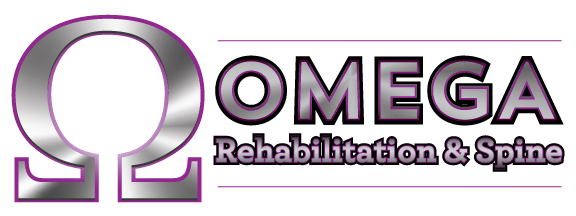Cervical Dystonia is a neurological disorder characterized by neck muscles that contract involuntarily, causing the head and neck to spasm and move abnormally. The spasms in the neck muscles can result in considerable pain and discomfort.
Causes of cervical dystonia:
Cervical dystonia can be a neurological disorder or brought on as a result of a physical trauma, such as a head, neck or shoulder injury.
Symptoms of cervical dystonia:
In cervical dystonia muscle contractions in the neck can cause your head to twist in a variety of directions, including:
- Chin toward shoulder
- Ear toward shoulder
- Chin straight up
- Chin straight down
The most common type of twisting associated with cervical dystonia is when your chin is pulled toward your shoulder but some people experience a combination of abnormal head postures. A jerking motion of the head also may occur.
Most people who have cervical dystonia also experience neck pain that can radiate into the shoulders. The disorder also can cause headaches. In some people, the pain from cervical dystonia can be exhausting and disabling.
Treatment for cervical dystonia:
While there is no cure for cervical dystonia there are options available to relieve the symptoms of the disease.
- Botulinum toxin such as Botox, Dysport, Xeomin or Myobloc can be injected into the neck muscles to paralyze the muscle movements
- Some medications used to battle Parkinson’s disease may be effective in treating cervical dystonia
- Muscle relaxants and pain medication can be used with exercises and stress management techniques to relieve symptoms
Contact Omega Rehabilitation and Spine today. James L. Carlisle, MD can evaluate and help plan effective treatment for occasional or chronic pain. If pain is a persistent or long-lasting problem in your everyday life, you shouldn’t wait a minute longer. Call today.
